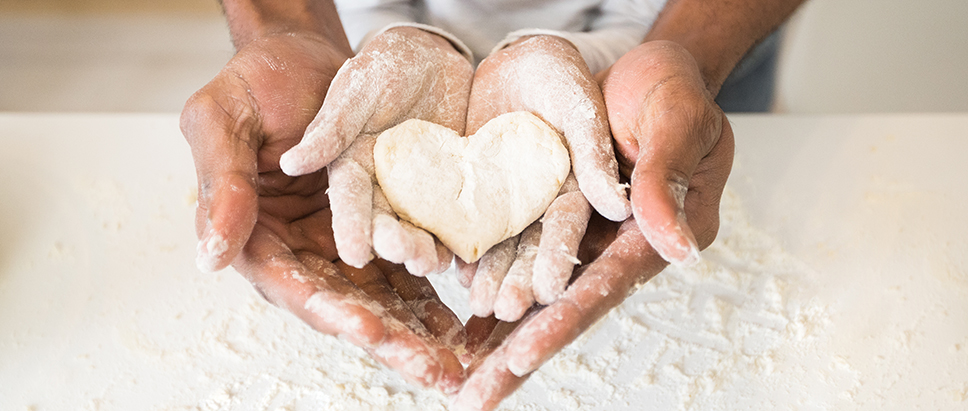Respecting a Foster or Adoptive Child’s Culture and Traditions

When you get ready to have a foster child or an adoptive child in your home, you may face some difficulties if that child is from a different country, different nationality, or even a different socio-economic class than you are. When inviting children into your home and life, it is beneficial to bring parts of their culture and/or traditions into your family to create new traditions for your new family.
Creating a safe place for important and loved history and traditions
Having books that discuss different traditions or cultural events that belong to the backgrounds of your children lets your children know that you care about understanding these traditions more deeply. It’s also important to create a safe place for your kiddos to talk about different traditions and cultural events that are important to them. For example, if you are adopting a child from a Hispanic culture, celebrating National Hispanic Heritage Month during the fall and engaging in some of the food traditions, entertainment, or cultural events as a family could help your child feel like they do not have to ignore their cultural heritage when coming into your home.
If you are fostering or adopting domestically, ask your child about different traditions that they had with their birth family, and then integrate the ones that they liked. My children said that one thing that they really liked to do with their birth family was opening a present on Christmas Eve, and then opening the rest on Christmas Day. This was not what we had traditionally done in my family, but we started to implement it with my children. This way, their traditions and their voice were being heard, respected, and intertwined with the family we were creating.
Other ways to respect a child’s culture and traditions are:
- Researching current events in your child’s native country so that you can discuss it with them.
- Going to museums and other cultural events with your child.
- Incorporating ethnic foods into your family meals can also make your children feel like they are being entwined in the family unit.
Remember, the goal is to make a child feel included and at home
There are many different ways to incorporate your child’s culture and traditions into your home and into your family. Talking with your children, finding out what are the most important traditions to them, and finding ways to integrate those traditions into your new family will help your child feel included, wanted, and home.
Written by Stacey Merrill, LCPCc, Turner Family Counseling Center
Clinician at The Maine Children’s Home for The Connected Community @MCH